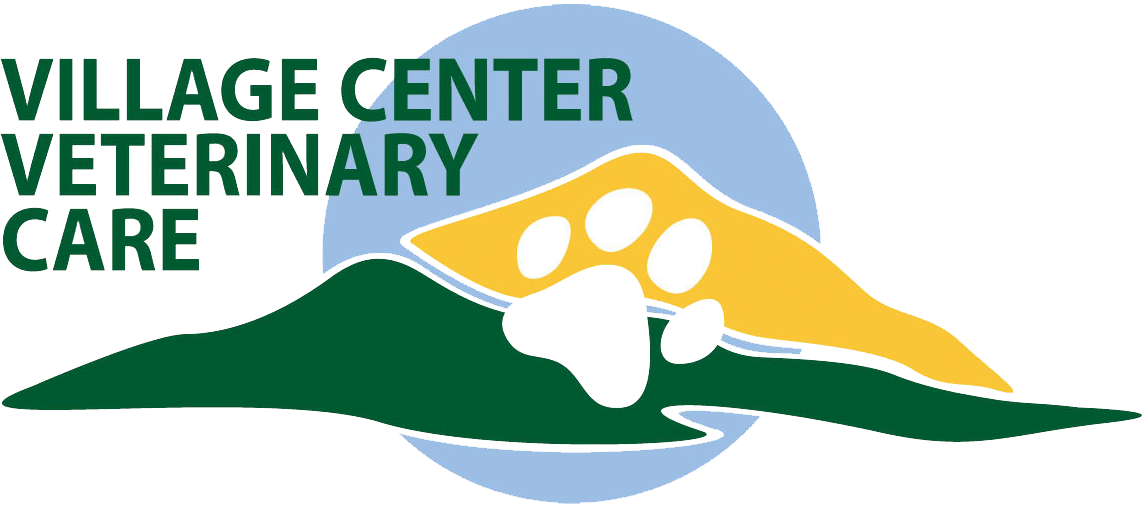In honor of February being dental health month this article is a continuation on the discussion of dental health awareness with our pets. This week let us talk about some ways to keep our furry friends out of the veterinarian’s office with some preventative oral hygiene.
By far the best thing anyone can do to keep their dog’s or cat’s mouth healthy is to brush their teeth. There is a reason we brush our own teeth every day, and a dog or a cat will benefit just as much from daily mechanical removal of plaque from their teeth as we do. Unfortunately until the advent of opposable thumbs in our pets we will have to do the brushing for them. I often have people tell me that they have the groomer brush their pet’s teeth every time they go, and although that is not a bad thing, a groomer brushing a dog’s teeth once every four to six weeks is about as effective as it would be for you to brush your own teeth once a month.
I know that there are people out there saying to themselves that they would rather brush a rattlesnake’s teeth than their own cat’s, and for many that first attempt at tooth brushing with the dog more closely resembled a gator wrestling match than an episode of oral hygiene. Our pets don’t quite understand why we are poking things in their mouths and they are likely to be uncooperative at first, but there are some tricks that can make the process go more smoothly.
Start with a pet toothpaste. Dogs and cats tend to object to the mint flavor in most human toothpaste and they don’t need to be swallowing all that fluoride either. The meat flavor in most pet toothpastes makes tooth brushing time treat time too.
It is not important that you get every tooth completely scrubbed on the first try. If your pets start getting used to having you handle their mouths they will be more cooperative with time. Insist that they accept some handling before you give up, just quit before craziness breaks out or the only thing your pet will learn is to run when the toothpaste appears.
I think that the brushes that fit over the end of your finger are a little more gentle than the ones that are on a stick like a child’s toothbrush. In order to reach the important teeth in the back a stick brush tends to prod at the back of the mouth and can be uncomfortable. You can even cheat and use an old t-shirt, wrap it around the end of your finger, put a dab of toothpaste on it, and scrub away.
If your dog or cat likes the taste of the toothpaste so much that he is trying to chew the brush or your finger you can often gently hold his mouth shut while you reach under the lips to brush the teeth. You only have to get the outsides of the teeth, not the insides, but you need to be sure you get to all the teeth, especially the hard to see and hard to reach ones in the back.
The second choice for oral hygiene is dental treats. There are lots of good products like Greenies, rawhides, and several cat treats that will help prevent the buildup of dental tartar somewhat. Be careful, some animals have sensitive stomachs, and consuming large amounts of anything different than what they are used to can cause diarrhea, but most pets tolerate the treats quite well.
Even with a rigorous dental program some pets will still need occasional anesthesia, scaling, polishing, and possibly even extractions. The goal is to make those as few and far between as possible with home care.

